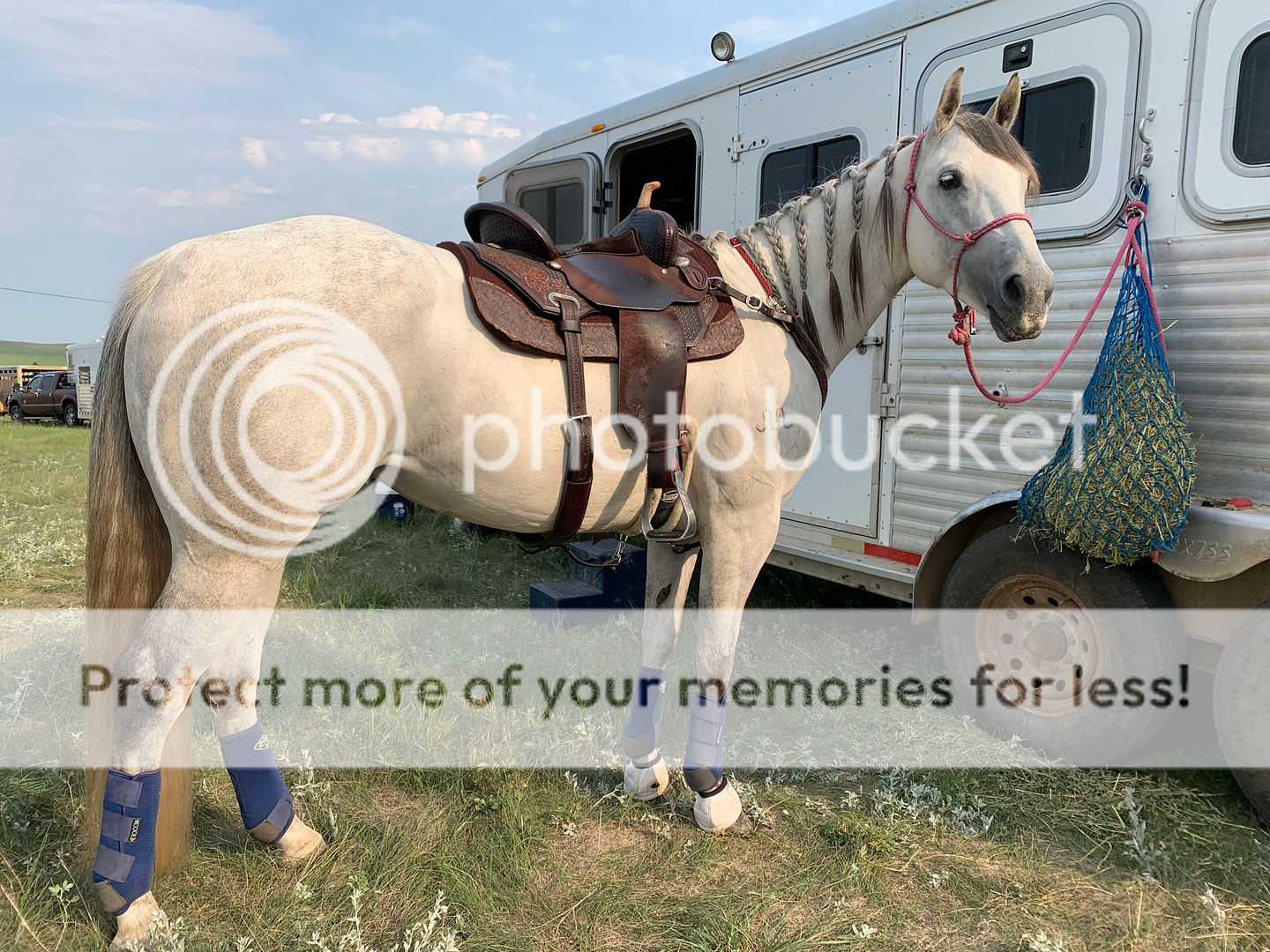I’m mostly a Western rider, just dabbling in English. I’m not as familiar with the bit offerings on the English side, particularly a Kimberwick. Which is what I am considering to try on my horse, unless the COTH’ers have another suggestion.
My lovely mare is 5-years-old and I have had her for 6 months. Our primary discipline is barrel racing but like all my horses, she is going to experience lots of things and be cross trained. We have local shows that offer Hunter Under Saddle, Hunt Seat Equitation, and Hunter Hack. I do also go to a few AQHA shows in order to do Ranch Horse but I will often also do the Hunt Seat Equitation at the AQHA shows too. (We are there already - might as well!)
Mare has a really wonderful handle on her, but she can just be more heavy/pushy in a plain snaffle that I would like. I normally ride her in a short shank low port Myler bit most of the time (I am pretty sure it is this mouthpiece, I have it written down at home). And I also bought a Myler snaffle bit with the same low port mouthpiece. She is better in that that my English or Western snaffles that I currently have, with a dog bone center, as far as getting a little pushy on it. She can and will be soft in it but I might have to “handle” her more than I personally like. I also have this very cheap no name bit at home she rides fine in.
Now that we are mostly done barrel racing for the year, I want to set up my jumps (AKA ground poles for her) and really get some English riding in this fall. But I would like to find a more appropriate bit for her that I can use at both our local shows and at AQHA shows (if I happen to take her to those next year … may or may not). I know that Kimberwicks are legal in the AQHA rule book, or at least as I interpret it.
Thoughts?
Suggestions?
I know sometimes you just have to experiment to find out what works. I actually just switched her to the Myler snaffle bit to make our barrel runs, the last few weeks, and she’s doing fantastic in it. Seems like she wasn’t liking any shank pressure when we would make a run, as her head/nose was coming up. But she doesn’t do it in the snaffle so we’ll keep on with that.
Of course, I can’t make a post without a photo of the lovely lady in question. And yes, she looks just dashing in an English saddle!!


